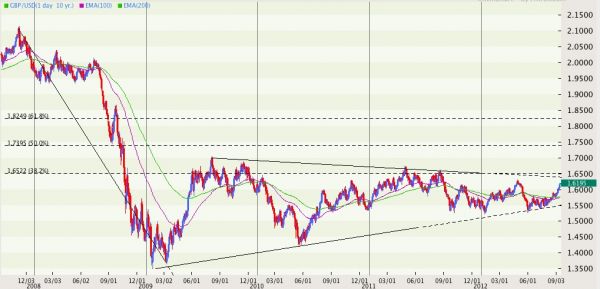For the past month, traders bullish the British pound were able to garner an impressive 4% rate of return against the U.S. dollar. However, that trend looks to be in jeopardy. Here’s why.
KEY DATA
Two key events are scheduled for next week that could act as catalysts to a pound decline. The first of which is the consumer price index report. UK inflation has been on the downtrend – since hitting a 3-year high of 5.2% last October. However, there is potential for the tick up again, as it did in last month’s report. According to the CPI report for July, prices jumped higher by 2.6%, based on rising housing prices and industrial output that soared the most in decades. Incidentally, output reports have shown indications of rising input prices – which may ultimately find their way into consumer prices.
BOE TO JOIN THE PARTY?
Should inflation rise once again, it may prolong the Monetary Policy Committee’s (MPC) decision to ultimately add another round of monetary stimulus – which some are touting as necessary for a UK economic recovery.
EYE ON MINUTES
The Bank of England (BOE) meeting minutes will likely serve as an additional point of interest. Although the vote is widely believed to be unanimous, traders and analysts will be pinpointing any divergence in tone or focus. This isn’t the first time. Past discord among central bankers has casted doubt on planned stimulus for the UK – which led to a sterling/dollar (GBP/USD) slide.
THE CHART
Technically, the GBP/USD is approaching key resistance via the 1.6500 psychological level. The figure is being reinforced by the 1.7024-1.6721 descending trendline, and the 1.6522 38.2% Fibonacci resistance from 2.0905-1.3982. The barrier will likely be difficult to break. It also doesn’t help that GBP/USD price action is forming a rising wedge pattern – typically bearish.





